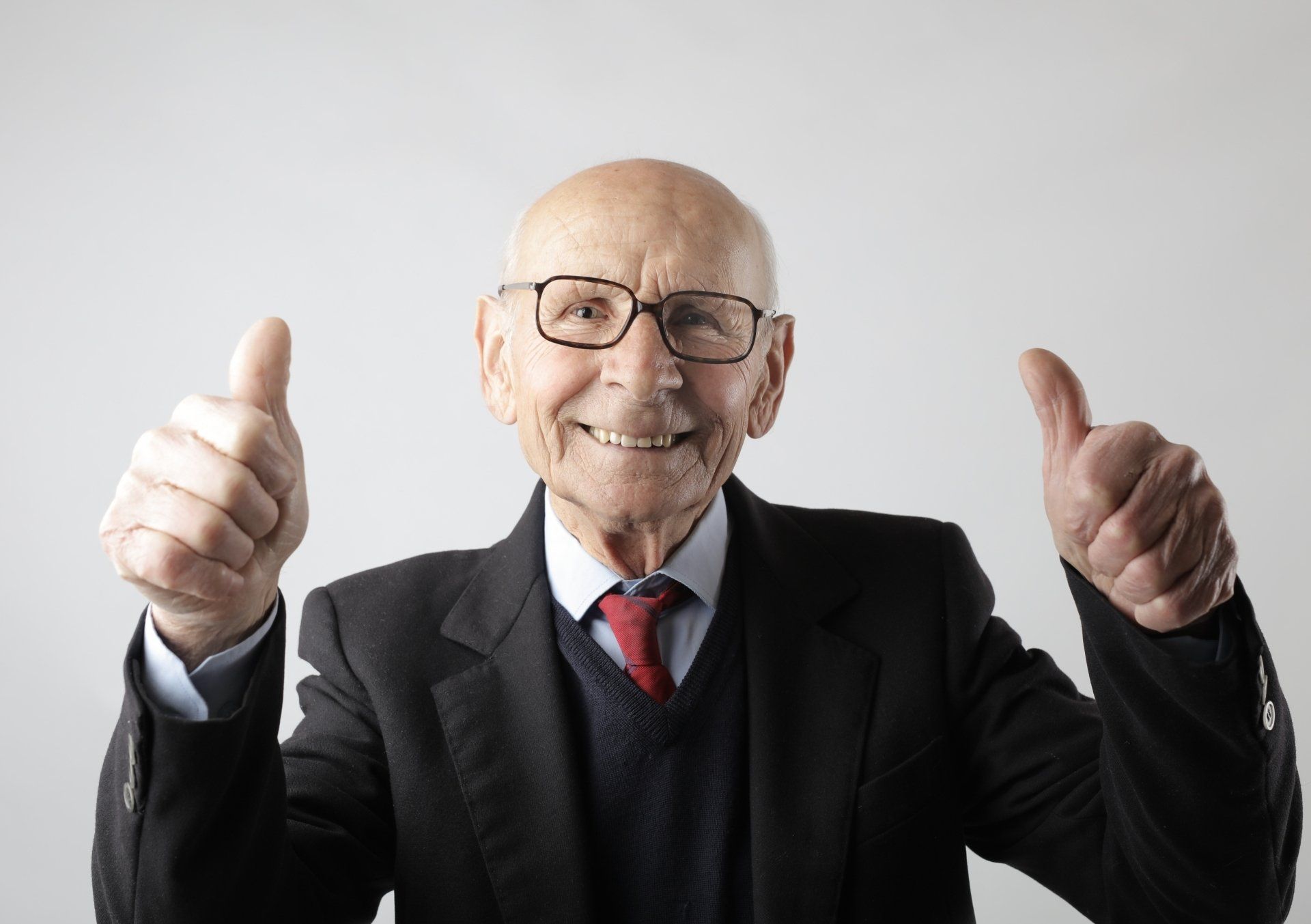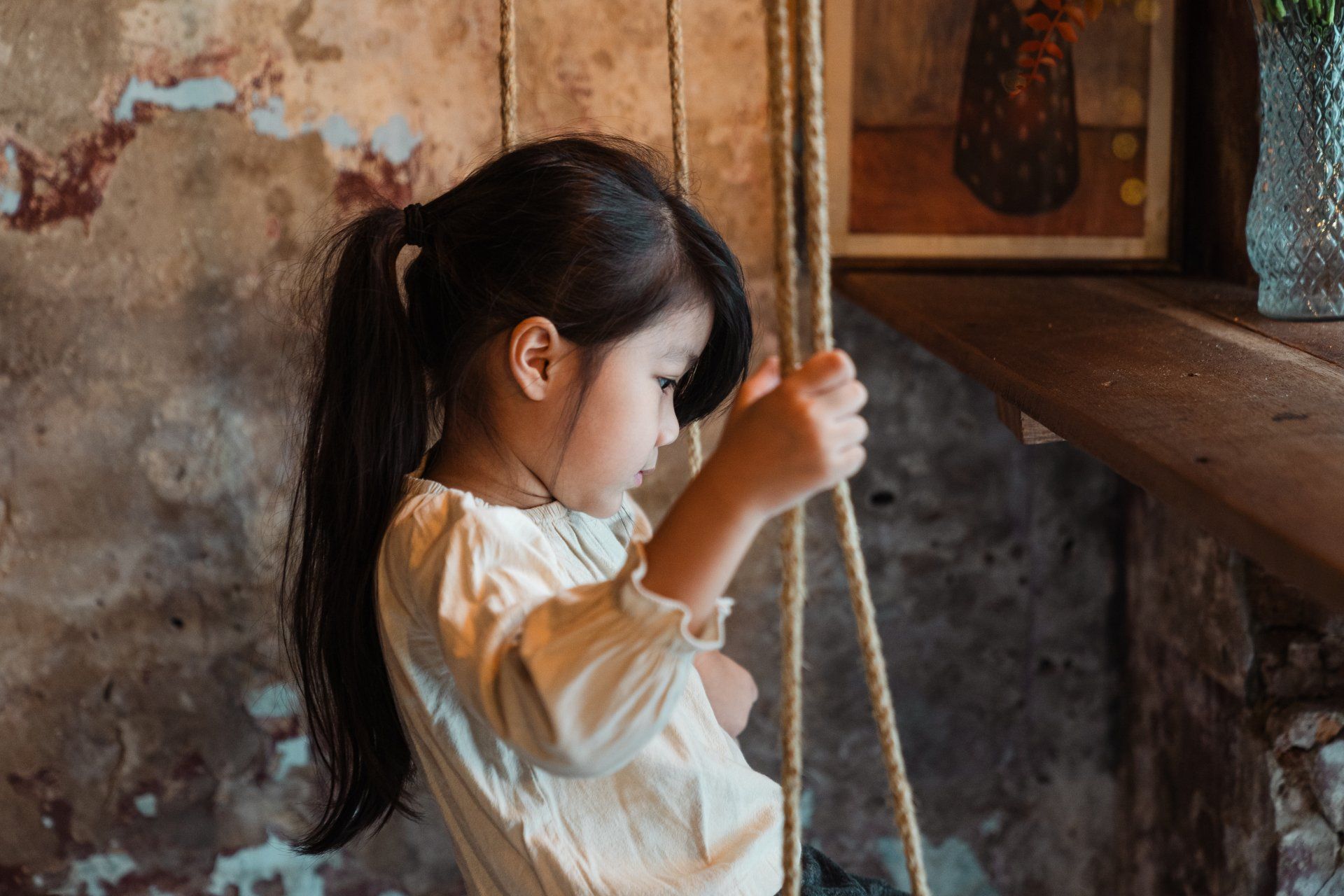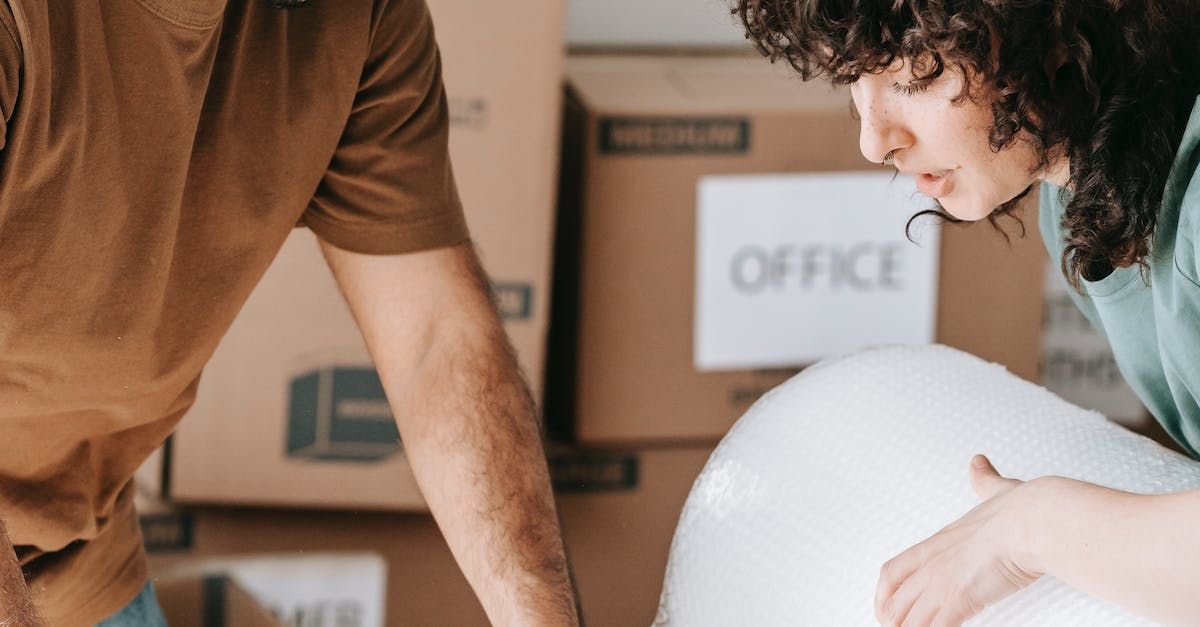How to Prove Patent Inequitable Conduct
While the invalidity defense is made on a claim-by-claim basis, a defendant may try rendering the entire patent invalid under the inequitable conduct defense. Federal Circuits assert that inequitable conduct casts “the shadow of a hangman’s noose” on the viability of the patent. "With inequitable conduct casting the shadow of a hangman’s noose, it is unsurprising that patent prosecutors regularly bury PTO examiners with a deluge of references, most of which have marginal value.” Parker Vision, Inc. v. Qualcomm Incorporated, No. 3-11-cv-00719 (M.D. Fla., Jan. 22, 2013).
The Shadow of the Hangman’s Noose
Patents grant inventors the exclusive rights, for a limited time, to make, use, sell, offer to sell, and import his or her invention. (35 USC Section 271(a)). Should the inventor believe someone else is making, using, selling, offering for sale, or importing a product or process incorporated into their invention may sue for patent infringement. Defendants accused of patent infringement may either claim invalidity or non-infringement. In arguing invalidity, the defendant focuses on what the inventor contributed to obtain the patent—whether he or she invented something novel and nonobvious and disclosed it to the world in compliance with the patent laws. (Roger Ford, Patent Invalidity versus Noninfringement “University of Chicago Public Law and Legal Theory Working Paper No. 454, 2013)). However, invalidity rulings are made on a claim-by-claim basis. Therefore, while a defendant might succeed in arguing one claim in the patent is invalid, the rest of the claims remain valid, offering the defendant limited satisfaction.
How to Prove Patent Inequitable Conduct
Materiality in Patent Misconduct
While the invalidity defense is made on a claim-by-claim basis, a defendant may try rendering the entire patent invalid under the inequitable conduct defense. The exceptionally high burden of proving unjust enrichment requires the defendant to prove materiality and intent. The materiality required to prove inequitable conduct is but-for materiality. Prior art is “but-for material if the UPTO would not have allowed a claim had it been aware of the undisclosed prior art.” In determining the materiality of prior art, courts apply the preponderance of evidence standard and give the claims their broadest possible construction. A court will then assess, based on that broadest possible construction, “whether a reasonable patent examiner would have allowed the claims had she known of the withheld references.”
However, prior art is not but-for material if it is merely cumulative. (see Dig. Control Inc. v. Charles Mach. Works, 437 F.3d 1309, 1319 (Fed. Cir. 2006)). The Federal Circuit determined that a prior art is cumulative when it “teaches no more than what a reasonable examiner would consider to be taught by the prior art already before the PTO.” (Regents of the Univ. of Calif. v. Eli Lilly & Co., 119 F.3d 1559, 1575 (Fed. Cir. 1997)).
Intent to Deceive the Patent Office
In addition to proving but-for materiality, a party must prove that the patentee acted with specific intent to deceive the PTO during prosecution. (Therasense, Inc. v. Becton, Dickinson & Co., 649 F.3d 1276, 1288-90 (Fed. Cir. 2011)). Courts weigh the evidence of intent to deceive independent of their but-for materiality analysis. “In cases involving non-disclosure of information, clear and convincing evidence must show that the applicant made a deliberate decision to withhold a known reference.” (Id. quoting Molins PLC v. Textron, Inc., 48 F.3d 1172, 1181 (Fed. Cir. 1995)). However, “[a] finding that misrepresentation or omission amounts to gross negligence or negligence under a ‘should have known’ standard does not satisfy this intent requirement,” and a party “must prove by clear and convincing evidence that the applicant (1) knew of the reference, (2) knew that it was material, and (3) made a deliberate decision to withhold it.” (Kingsdown Med. Consultants, Ltd. v. Hollister Inc., 863 F.2d 867, 876 (Fed. Cir. 1988)). Further, “[a]n applicant’s knowledge of a reference’s materiality cannot by itself prove, let alone clearly and convincingly prove, that any subsequent non-disclosure was based on a deliberate decision.” (1st Media, LLC v. Electronic Arts, Inc., 694 F.3d 1367). In determining specific intent, direct evidence is not required, and a court may infer intent from circumstantial evidence. (Id.) Such an inference of intentional deceit “is appropriate where an applicant engages in ‘a pattern of lack of candor,’ including if the applicant repeatedly makes factual representations ‘contrary to the true information he had in his possession.’” (Regeneron Pharma., Inc. v. Merus N.V., 864 F.3d 1343 (Fed. Cir. 2017).
Patent Misconduct is known as the ”Atomic Bomb” of Patent Law
In Aventis Pharma S.A. v. Amphastar Pharm., Inc., Judge Rader, in his dissent, aptly referred to the remedy for inequitable conduct as the “atomic bomb” of patent law. (791 Fed. Appx. 916 (Fed. Cir. 2019)). “Unlike validity defenses, which are claim specific, see 35 U.S.C. § 288, a finding of inequitable conduct regarding any single claim renders the entire patent unenforceable,” and “[u]nlike other deficiencies, inequitable conduct cannot be cured by reissue or reexamination.” (Therasense, 649 F.3d at 1288). A finding of inequitable conduct may also spread “from a single patent to render unenforceable other related patents and applications in the same technology family,” thereby endangering “a substantial portion of a company’s patent portfolio.” (Id. at 1288-89). Moreover, “prevailing on a claim of inequitable conduct often makes a case ‘exceptional,’ leading potentially to an award of attorney’s fees under 35 U.S.C. § 285.” Taking all this into consideration, one can understand why the Federal Circuit asserted that inequitable conduct casts “the shadow of a hangman’s noose” and requires a heightened standard of pleading and proof.


Have an idea for a blog? Click and request a blog and we will let you know when we post it!
Let’s talk about your legal issue
Wilson Legal Group P.C.
d/b/a Wilson Whitaker Rynell
(972) 248-8080 (Dallas) MAIN OFFICE
(713) 830-2207 (Houston) Appointment Only
(512) 691-4100 (Austin) Appointment Only
For more information on how we can assist in your intellectual property, commercial litigation, divorce, or other personal needs, let us know how we can help you:
How Can We Help You?
WILSON WHITAKER RYNELL
Thank you for contacting us!
We will get back to you as soon as possible.
Please try again later.
Disclaimer:
This form does not establish an attorney-client relationship, and should only be used to contact the firm about scheduling a call or meeting. No confidential or sensitive information should be sent using this form.
The law office of Wilson Legal Group P.C. (d/b/a Wilson Whitaker Rynell) represents clients nationwide, including Dallas, Austin, Houston, and other Texas areas such as Fort Worth, Arlington, Carrollton, Plano, Allen, Lewisville, Flower Mound, Irving, Denton, McKinney, North Richland Hills, and all cities within Dallas County, Tarrant County, Collin County, and Denton County.
OFFICES
ABOUT
CONTACT
BLOG
JOIN OUR NEWSLETTER
Wilson Whitaker Rynell
16610 Dallas Parkway, Suite 1000
Dallas, Texas 75248
972-248-8080 (MAIN)
972-248-8088 (FAX)
info@wrrlegal.com (E-MAIL)












